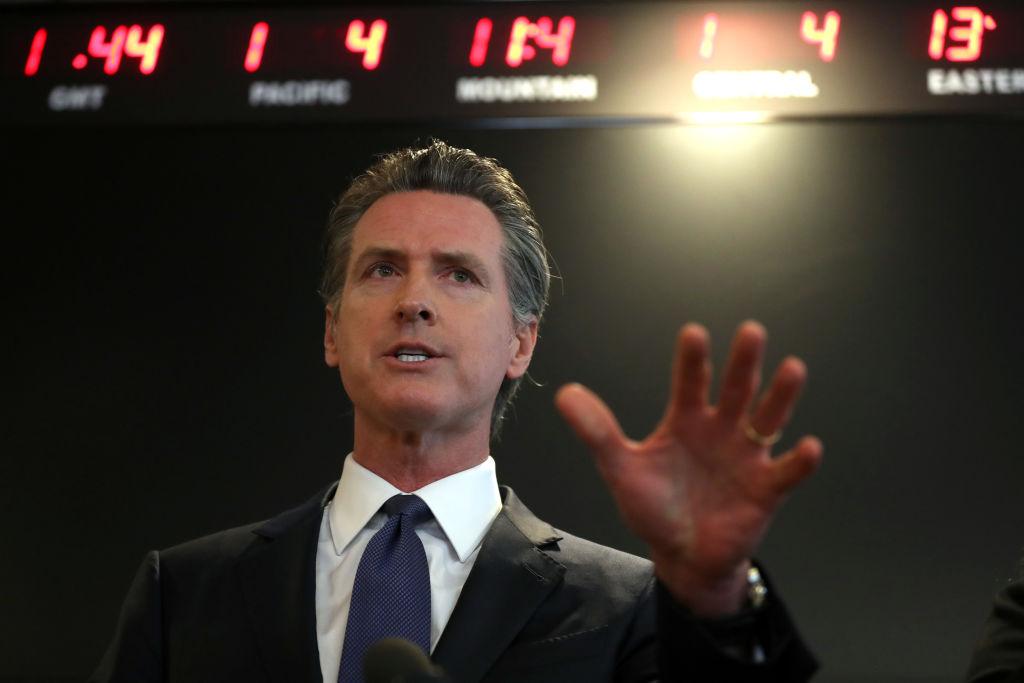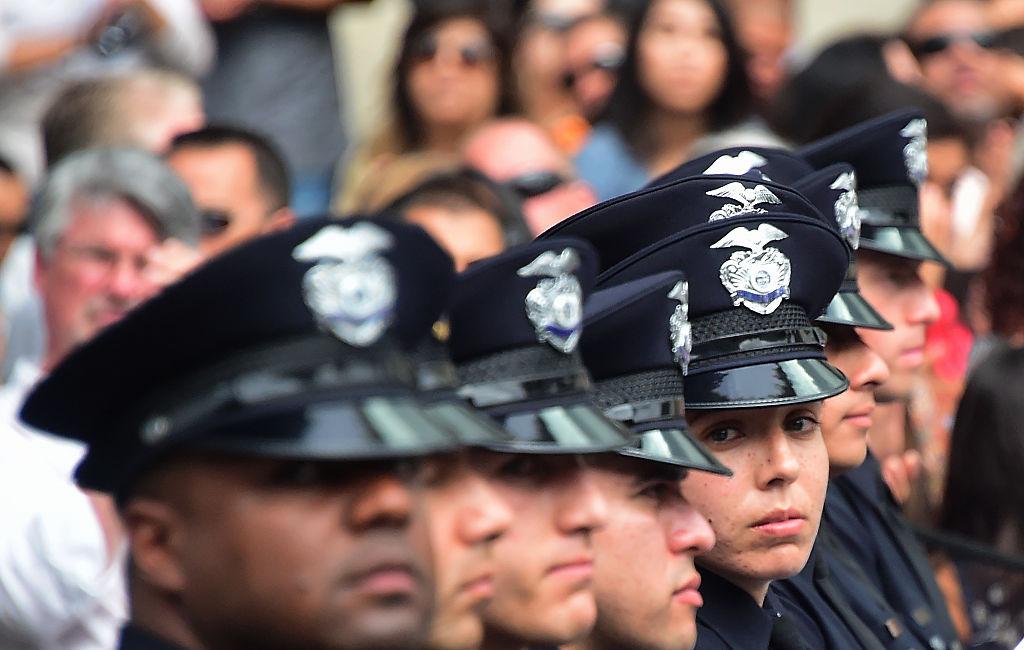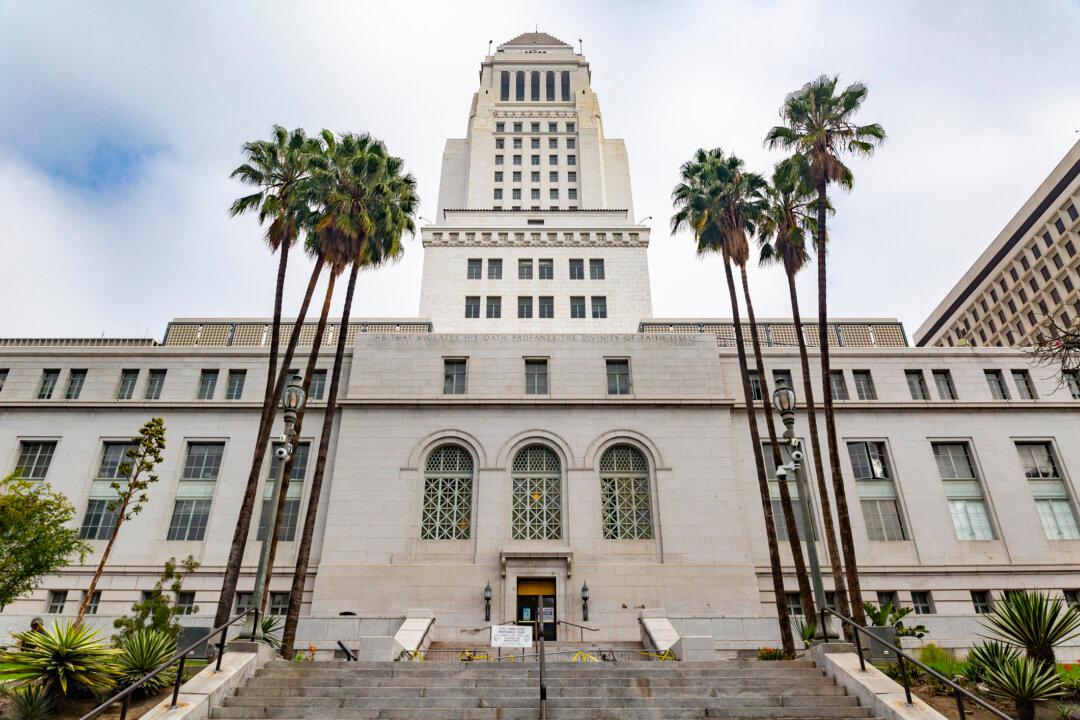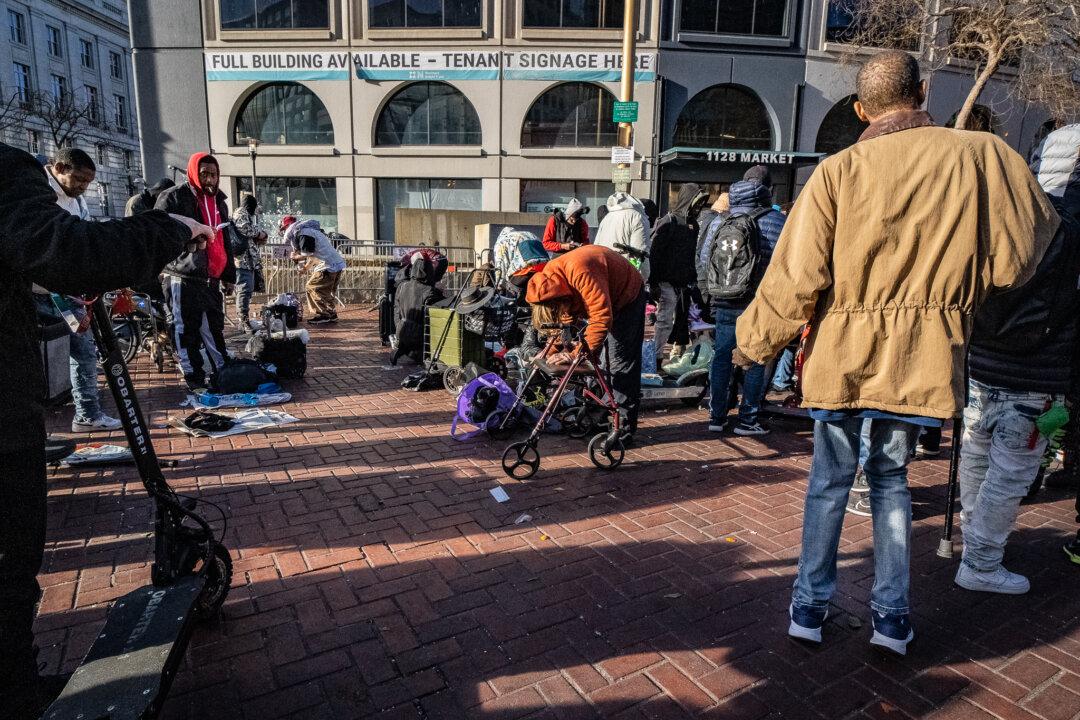Governor Gavin Newsom held a public briefing on Feb. 27 on the new coronavirus. On Feb. 26 San Francisco and Orange County declared local health emergencies and the possible first U.S. case of community transmission was detected in California.
Alongside Gov. Newsom were state health officials who explained the rigorous protocols in place to address the latest case of a Sonoma County individual who tested positive for the virus from an unknown source.





